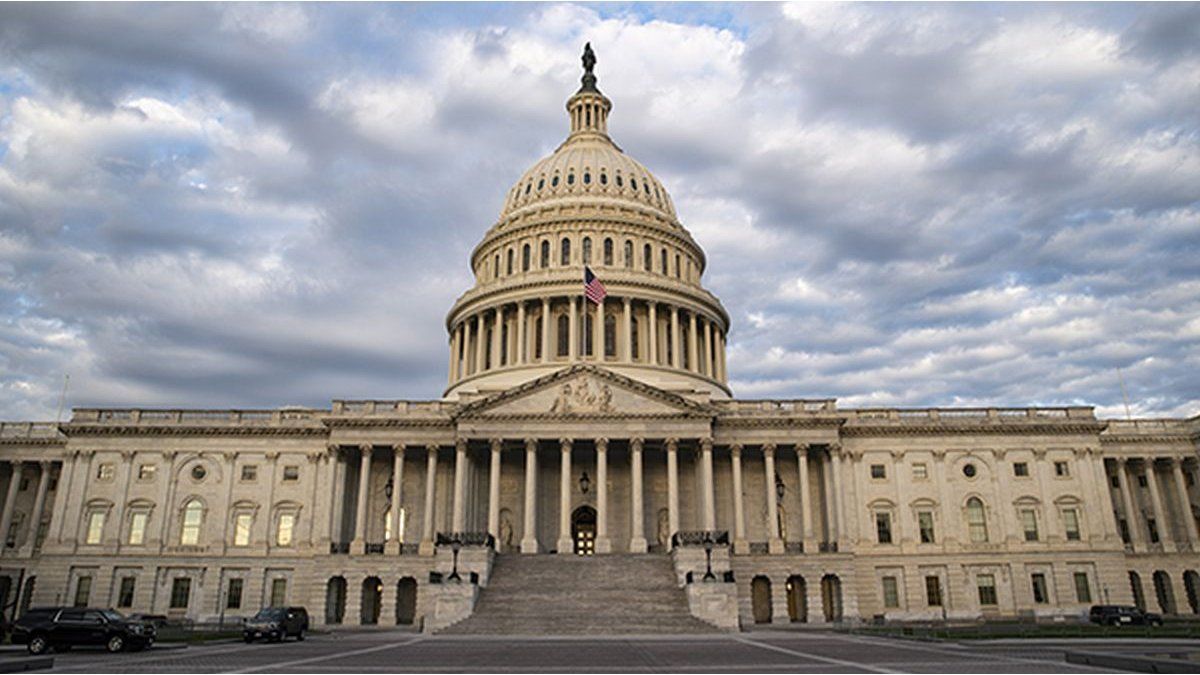The competitiveness of Uruguay is in trouble and the situation is aggravated by the scenario in Argentina, where there is no clear or quick way out of the economic crisis. Until now Uruguay had been bearing the difference in relative prices stoically and without many tools to react: while thousands of Uruguayans cross the rivers every weekend to take advantage of the low prices in Argentina, to make purchases and walks at unheard of prices, Uruguayans who work in commerce suffer.
Uruguay is with the elders wages real in several decades, but a good part of this greater consumption capacity – which stands out in the international comparison – is diverted towards Argentina, and leaves Uruguayan trade on tenterhooks. As if that were not enough, the price differential stimulates the smuggling, unfairly affecting not only coastal trade but also that of Montevideo and other areas.
But there is a global scenario beyond Argentina, which also shows changes. In the last year the cost of money internationally (interest rate) has risen noticeably due to the change in the monetary policy of the USA. This week the interest rate on the 10-year US bond reached a maximum since 2007 (4.8%). This is a consequence of the fact that the US economy is showing more firmness than expected, especially in relative terms China and the European Union. So the interest rate will stay higher longer than expected, to contain inflation. And therefore, the dollar strengthens.
That strength of greenback took a while to express itself in the region, among other things because Brazil decided to raise its own rate sharply. But now it is approaching the global trend and the dollar rises in the northern market, approaching its price from a year ago. Uruguay It follows, although with delay: the dollar It exceeded 39 pesos (it rose almost 5% in just over a month), but it is still below its level from a year ago (41 pesos in October 2022). In other words, there is a correction to exchange delay, but she is modest.
Is it a rebound or a more permanent trend change?
The question now is whether this rise dollar It is a rebound or a more permanent trend change. For now, the scenario shows more of the former. An important reference is to see what the financial market says through its interest rates, using the concept of rate parity. If the market is relatively balanced, the compared rates have to be consistent with the value of the future dollar.
In this sense, today in Uruguayan banks – let’s take an example – you can place time in dollars at an annual interest rate of 2.8%, or failing that in pesos at 7.5%. Taking one dollar today at 39.14 pesos, the equilibrium dollar in one year for these rates to enter parity is 40.9 pesos, a 4.6% annual increase. The increase does not reach the projected annual inflation, even considering the drop in the inflation which was reported today. So, more than a strengthening of the dollar, rather its fall has been stopped and its value is projected to maintain, relatively aligned with the inflation, in the coming months.
In any case, the scenario implies challenges for the Central bank. Until now, the fall of GDP and the fall in inflation They gave the BCU room to lower the interest rate, which he is expected to do this week. But if the interest rate in dollars rises, on a financial level there may be a tendency to demand a higher rate in pesos.
This will be arbitrated with the trajectory of inflation, which is where the BCU plays the game. The rise of dollar it puts pressure on prices, but it is little in the year-on-year comparison. In turn, international prices in dollars fall due to the strengthening of the currency itself; That, rather than complicating, helps contain inflation. Meat, grains, and now even oil itself, have fallen. If the BCU manages to overcome these dilemmas and affirm inflation within the target range, it will have met its objective.
The problem is at what cost. The sharp decline in inflation has made the wages real. So that now, in several sectors, the increase scheduled by the government for 2023 and 2024 implies not only recovering the salary to the record levels of 2019, but also continuing. And there are already several sectors and businessmen who have stated that they cannot sustain it without the collapse of the employment. If we add to this the impact of Argentina, The labor market may suffer, although the salary record looks very good in an election year.
Source: Ambito




